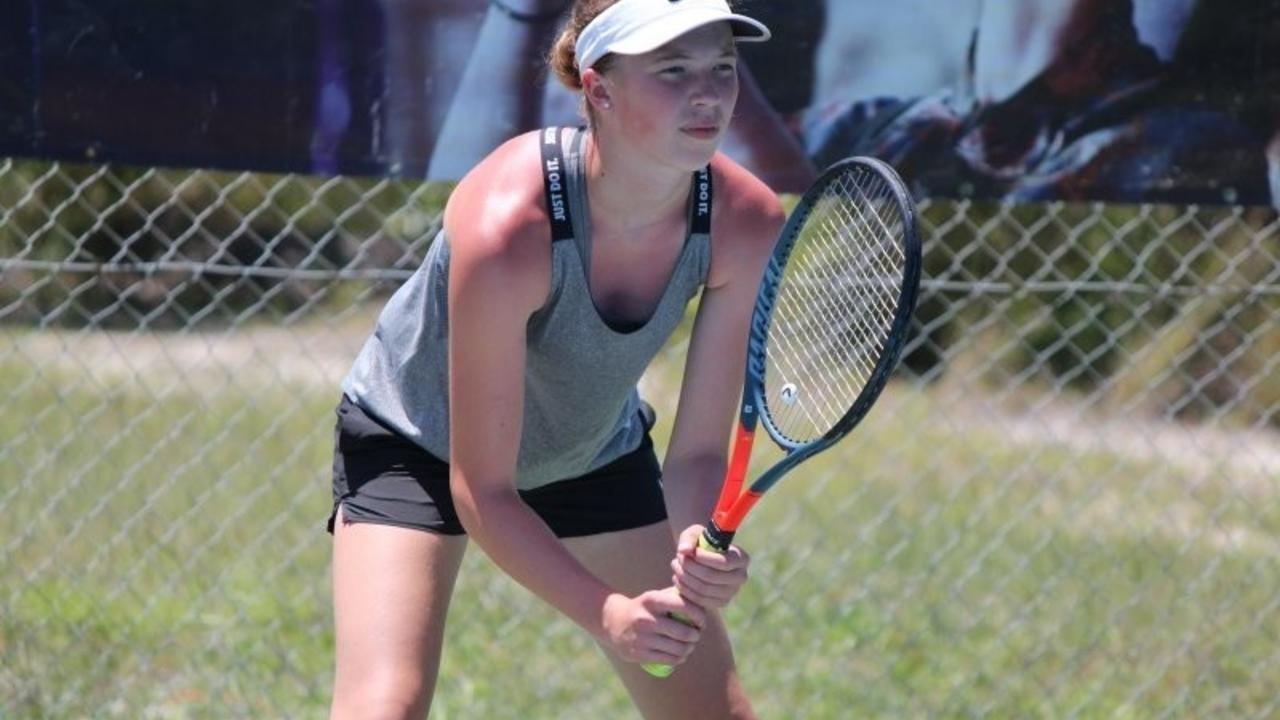Is Tennis a Good Workout?
Oct 07, 2020
How to stay healthy and enjoy playing tennis for life.
One thing that I love about tennis, is that it brings people together, it is a game for life. Studies have shown, that people who play tennis live longer, so why would you ever quit? People quit when the game is no longer fun. Suffering from an injury is not fun! I have had the privilege of working with the Rogers Cup WTA tour over the past twenty years. By far the most common reason that the pros retire from the tour is the emotional fatigue that comes from dealing with injury after injury. It’s not just the pros that are plagued by injury, just look around the courts and notice how many people have a strap on their elbow, or compression sleeve on their knee or ankle. So why are injuries so common in tennis?
Is Tennis a Good Workout?
Two types of common tennis injury:
First of all, there are two types of tennis injuries, acute and chronic. An example of an acute injury is when you fall on the court and suffer an ankle sprain or ligament tear in the knee. While chronic injuries develop slowly over time, building and progressing insidiously, eventually getting to the point that you can no longer perform due to pain. Acute injuries are more common in the lower extremities, while chronic injuries more commonly affect the upper extremities and spine. It is tough when you have a fall on the court and suffer an acute injury. Maybe the only thing that you can do to prevent this is to make sure that you are strong and have great footwork, but sometimes you are just unlucky. Chronic injuries on the other hand are largely preventable.
How do chronic overuse tennis injuries develop?
Because we are right or left-handed, we perform repetitive movements while playing tennis that creates more stress on one side of the body than the other. Tennis is extremely demanding of our body because of the combination of sprinting, stopping and starting, and multiple changes in direction. Our muscles, tendons, and other connective tissues respond to repetitive stress by making more tissue, this can lead to changes in alignment and how we use the muscles that control our joints. For example, when we serve over and over again, the muscles that slow the arm down become fatigued, and eventually the only tissue stopping the arm from flying after the tennis ball is the capsule holding the shoulder joint together. When the muscles are tired and stop protecting this tissue, the tissue becomes overloaded, the body responds by trying to strengthen it. When the tissue at the back of the shoulder becomes thicker, the alignment of the shoulder is changed and joint centration is lost.


Figure 1 Figure 2
Figure 1. Shows the difference between a shoulder that is centered or balanced, and one that is not. You can see that loss of joint centration does two things; (1) the muscles are no longer of optimal length to function, and (2) there is an asymmetry of the joint surface which can lead to wearing of the articular cartilage or other special joint structures such as the labrum. Loss of joint centration leads to an overload of the shoulder tissues with an eventual breakdown and joint pain. The good news is that it takes months for the tissues to actually wear out, and these changes are reversible if you catch them early enough.
Another issue that we commonly see in tennis players is a change in the position of the shoulder blade again due to repetitive movements. This is called scapular dyskinesia.

Here is a picture of one of our Canadian Junior Fed Cup players, and you can see the difference in the position between her right dominant arm and left. She has no symptoms in her right shoulder, but I know from experience that she has a 75% chance of developing an upper extremity injury. The reason that she is vulnerable to injury when the shoulder blade is in a poor position is that she has lost her kinetic chain, or the connection between her arms, core, and legs. With normal tennis strokes, the power and force are generated from the legs and the core. When the kinetic chain is broken due to scapular dyskinesia, then the forces on the shoulder, elbow, wrist, and hand increase significantly. Remember when tissues are mechanically overloaded in a repetitive fashion they are prone to breakdown.
So repetitive movement leads to soft tissue imbalances and loss of the kinetic chain that ultimately results in progressive tearing or breakdown of the body’s connective tissues.
The solution to overuse wear and tear on the body?
We expect that you will develop imbalances when you play tennis. Imbalances happen to everybody because of the nature of the sport. You will get away with it for a while, but eventually, the tissues become overwhelmed, pain and swelling develop preventing you from playing to your potential. The key is to prepare your body to play tennis by making sure that all of your joints are balanced before you play. How do you know where the imbalances are? Or how do you know what exercise to do? Well, you could go and see Nathan and Giselle, or if you do not have access to them, try the movement assessment that is part of the ROM coach app. The ROM Coach asks you to do a series of moves and based upon your ability to complete them, you are prescribed a series of corrective exercises. You can use these exercises as a warm-up for tennis, or for your off-court workout. Once you have identified imbalances that naturally occur as a result of playing tennis, it allows you to rebalance the body and ultimately prevent injury.

I look at movement as a hierarchy, first, you must have a foundation for movement, which means that you have good alignment, balance to the joints, and are using the correct muscles. Then you need to build upon the foundation by exercising to develop tennis endurance, tennis strength, tennis power, and tennis speed. I highly recommend that you determine where your imbalances are and perform 5-10 min of exercise to maintain your foundation for movement.
Blending the corrective exercises with a program to take you to the top of the pyramid is ideal, for the stronger you are and the more endurance you have, the less likely you are to develop an imbalance in the first place. If you are serious about your tennis game and want to keep playing forever, putting a little extra into your off-court tennis fitness preparation can make all of the difference!
Check out the Tennis Fitness Specific Tennis programs here https://www.memberstennisfitness.com/
If you want more information about Dr. B and her thoughts on specific injuries or want to ask her a question, join her on Thursdays EST at precision movement.coach Youtube. Be sure to check out the ROM Coach App at Rom.coach.
By Dr. Erin Boynton M.D.


